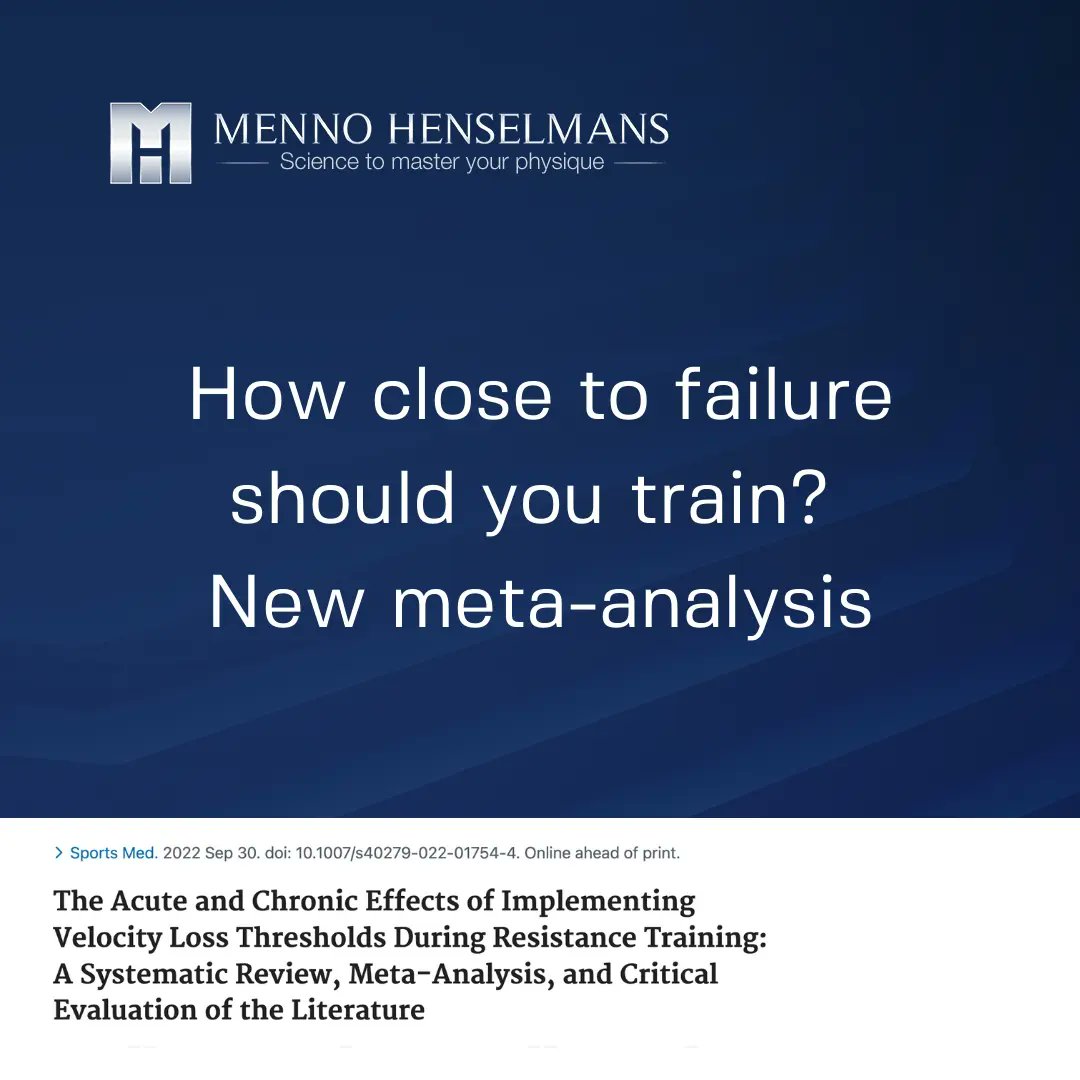
Many people are under the impression that keto diets are better for fat loss but worse for muscle growth than higher-carb diets. 

Last week I posted a review on the ketogenic diet for concurrent athletes that concluded keto diets are actually equally effective for both fat loss and muscle growth.
Now a new meta-analysis specifically on strength trainees, both male and female, concluded that keto diets are indeed equally effective to gain muscle.
We recently published a systematic review of the effect of carbohydrate intake on strength and strength development in which we also looked at muscle growth.
Our conclusion was also that given the same energy and protein intake, low-carb diets are equally effective for muscle growth as higher-carb diets.
However, in practice many trainees that try to bulk on a ketogenic diet fail to do so. It's not easy for everyone to go into energy surplus on a keto diet due to the appetite suppressive effect it has and the limited food choices you have available.
I find it's particularly difficult to go to energy intake that require your fat intake to exceed your protein intake. You're almost forced to consume oils or butters at that point, which is not everyone's cup of coffee.
As a result, if you just lump all studies in the literature together and interpret those without scrutiny, you find that keto diets are indeed better for fat loss but worse for muscle growth. This was the conclusion of another recent meta-analysis on keto diets.
On a side note, I think exercise scientists are conducting too many meta-analyses at the moment and we'd be much better off with more original research.
Meta-analyses with only a few studies without careful interpretation of the included studies are of very limited value to the field.
In conclusion, you can gain muscle just fine on a low-carb diet if you consume enough calories and protein.
#mennohenselmans #onlinepersonalcoach #strengthtraining #powerlifting #personaltrainer #personaltraineronline #gains #musclebuidling #bodybuilding #fitnessjourney #keto
#mennohenselmans #onlinepersonalcoach #strengthtraining #powerlifting #personaltrainer #personaltraineronline #gains #musclebuidling #bodybuilding #fitnessjourney #keto
• • •
Missing some Tweet in this thread? You can try to
force a refresh










